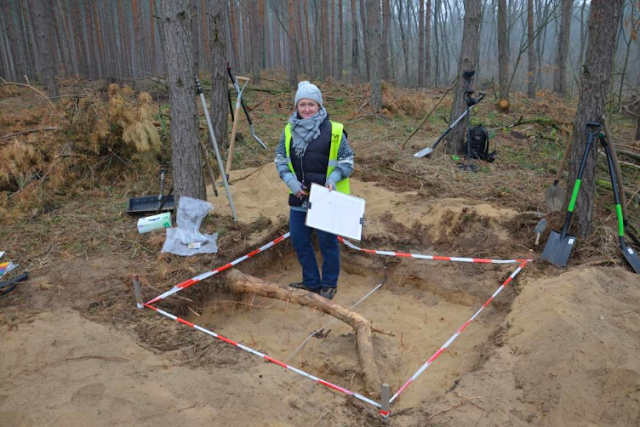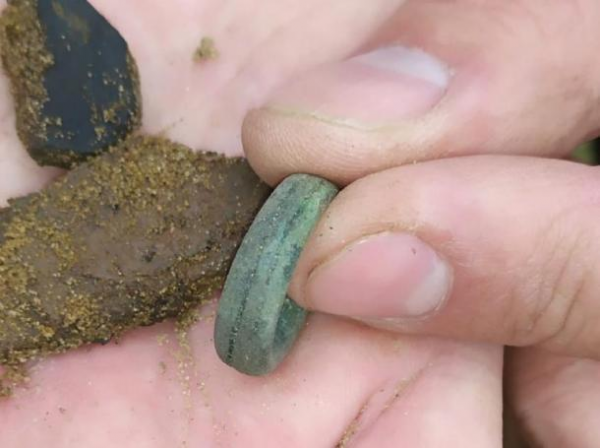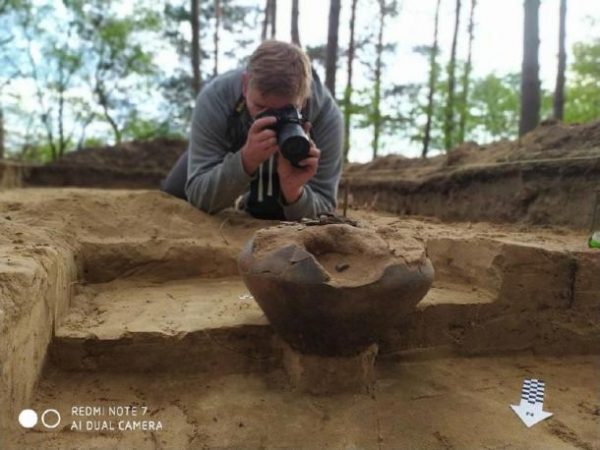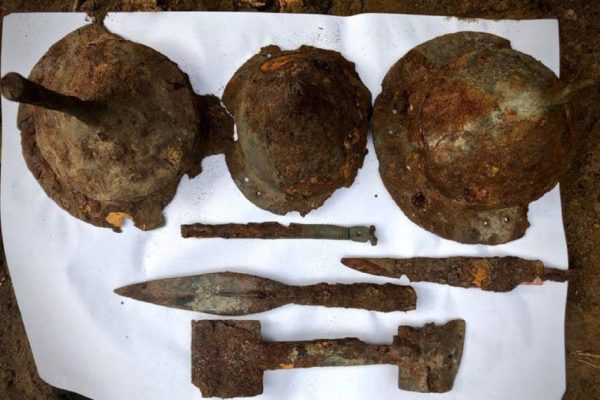Graves of Germanic Warriors From 2,000-Years Ago Discovered

History happens all over the world, and all at the same time. Unfortunately, that means that any one person usually only learns the highlights, and those highlights are chosen by someone else.
When attention is one event, or series of events in a particular part of the world, there are still huge numbers of people who are also going about their own lives and history in other parts of the world at the same time.
Proof of that fact was recently reported by the website archaeology.org, which uploaded a piece about another piece of history from that same period.
Archaeologists working at a dig site near Kostrzyn, just east of the modern Poland-Germany border, discovered a burial site housing Germanic warriors, and the site is 2,000 years old.

While the team is staying pretty quiet about the site’s precise location in an attempt to prevent looting, they have talked a bit about what they’ve found.
The site has proved to be a rich source of treasure and artifacts, according to a spokesperson for the Kostrzyn Museum. In addition to finding 12 burial pits dating back to the first century BC, they’ve also found 2,000-year-old cremation urns.
Relics found at the site lead the team to believe that the site was used to bury Germanic warriors and women.

More than one type of funerary ritual was employed at the site, since some of the remains had been put into the pits without being cremated, and others had been cremated and then either put into urns or directly into the pits the team discovered.
According to the museum’s spokesperson, the most surprising thing was the remains that were put directly into the pits without having first been cremated.
Scientists X-rayed the urns in order to get an idea of how the remains and any other contents had been placed in them, without actually disturbing the contents.
One of the sets of X-rays showed that the remains it held belonged to a person believed to be a warrior, since in addition to his remains, the urn also contained the head of spear, some pieces from a shield, and metal bits that are thought to be part of a dagger.

Germanic warriors were often buried with ritual items such as decorative spearheads and brooches made of metal, which further reinforces the team’s theory about who was buried at the site. The brooches were often used by both men and women as a means of fastening garments.
Although there are various metallic trinkets, they aren’t necessarily local in origin. In the last year, Polish researchers have found 100 collections of various metallic trinkets at various sites in the country, many of which were made places other than Poland.
In fact, in 2014 Archaeology.com reported the discovery of a ritual site in the northeastern part of Poland that was about 4,000 years old, twice as old as the more recent discovery.
That older site contained not only pieces of cups and bowls from the local culture, but also an amber bead and another small amber object. Amber isn’t a material that was available locally, so it had to come from somewhere else, suggesting that whomever had owned the items had to have had enough resources to be able to afford to obtain it.
The site also contained other artifacts, such as imported arrowheads and fragments of flint knives, a dagger, and other implements, all of which were imported.
Further study and analysis will need to be done on the finds in Kostrzyn, especially with regard to the contents of the funeral urns.
Another Article From Us: Over 100 Mysterious ‘humanoid’ Figures Discovered in Peru
Hopefully that will give researchers further insight into both who was interred at the site, and more details about the culture of the time, about their funerary practices, and how some imported goods made their way so far east so long ago.
